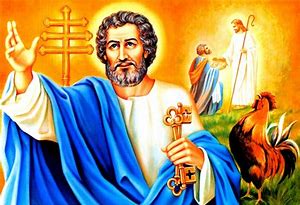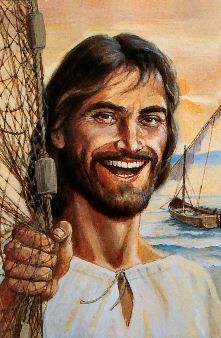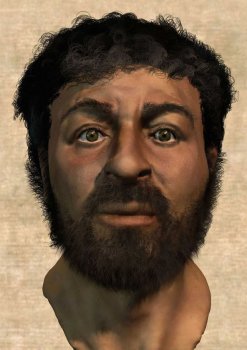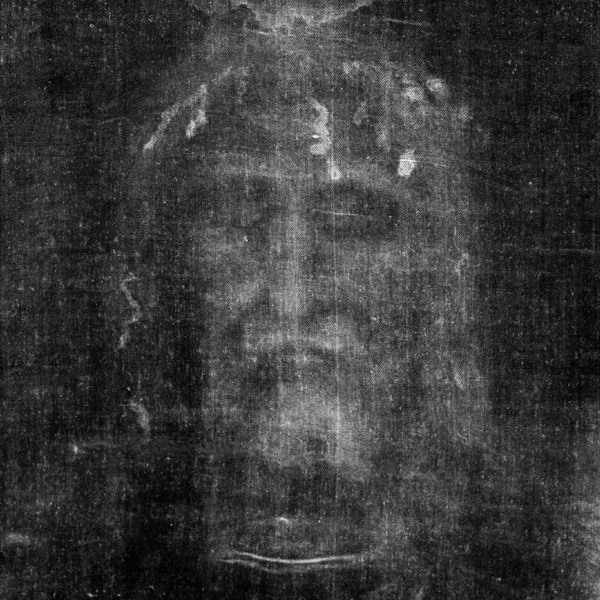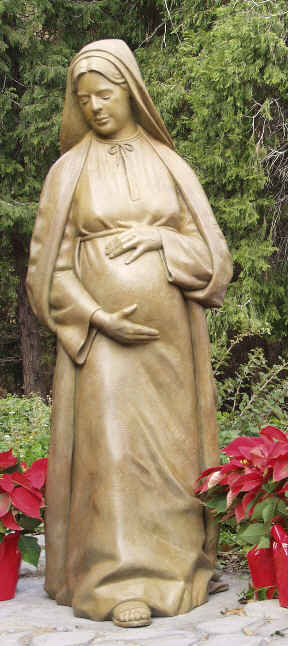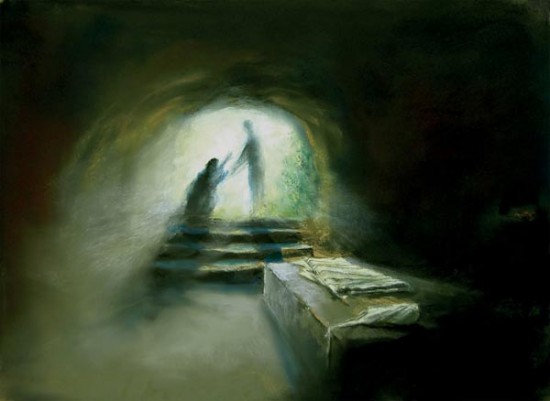Objectors: produce a verse that forbids Scripture in art form before posting. Thank you.
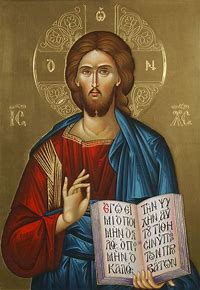
Meaning of Colour in Religious Iconography
Gold is reserved for Christ and symbolizes divinity. Traditional Icons
are gilded with gold leaf. The gold shines through on the halos and other parts
of the Icon. The gold symbolizes the eternal uncreated light of God and his
heavenly kingdom.
White is used to show heavenly purity and divinity. Icons of the
resurrection will often show Christ in white robes pulling Adam and Eve from the
depths. White is also used to depict swaddling clothes of babies, the shrouds of
the dead and the robes of angels.
Purple was the Byzantine symbol of royalty. It is used in icons to
represent Christ's Kingdom
Red is used in icons to represent humanity and the saving nature of the
resurrection. It is the color of blood and thereby signifies life on
earth.
Blue signifies the heavens and the kingdom of God not on this earth.
Byzantine icons of Mary show her with red outer garments and blue ones on the
inside. This signifies her original human nature (the red) and her heavenly
nature (the blue). In Eastern iconography Mary was depicted in red or brown to
depict her as a physical (grounded) being but the earliest icons depict her in
blue. It could have depended on the availability of pigment. Lapis Lazuli was
ground to create the blue colour and was a very expensive
stone.
Clothing: Icons of Christ will show him with Blue outer clothing and red inner
clothing. Christ's inner garment is red and symbolizes his humanity. His outer
garments are blue and symbolize his true divinity. In addition to blue, red and
green are also reserved for Christ and Virgin Mary.
Green is the color of the living earth and has been used to portray
youth, hope and where life begins. This contrasts to brown which is meant to
show our fallen nature on earth and that we will all eventually become
dust.
Black is used in Iconography to portray evil and death. Demons and
satanic beings are portrayed in black. However, several religious orders use
black vestments and in this case black is used as part of the traditional dress
of the order.
The colors of white, gray, blue, green, and light shades of red are used
for other holy persons.
You may look at the colors of a road map differently.
WHY ICONOGRAPHS LOOK SO WIERD
Iconography, as a branch of art history, studies the identification, description, and the interpretation of the content of images: the subjects depicted, the particular compositions and details used to do so, and other elements that are distinct from artistic style. The word iconography comes from the Greek εἰκών and γράφειν. Wiki.
Meaning of Colour in Religious Iconography
Gold is reserved for Christ and symbolizes divinity. Traditional Icons
are gilded with gold leaf. The gold shines through on the halos and other parts
of the Icon. The gold symbolizes the eternal uncreated light of God and his
heavenly kingdom.
White is used to show heavenly purity and divinity. Icons of the
resurrection will often show Christ in white robes pulling Adam and Eve from the
depths. White is also used to depict swaddling clothes of babies, the shrouds of
the dead and the robes of angels.
Purple was the Byzantine symbol of royalty. It is used in icons to
represent Christ's Kingdom
Red is used in icons to represent humanity and the saving nature of the
resurrection. It is the color of blood and thereby signifies life on
earth.
Blue signifies the heavens and the kingdom of God not on this earth.
Byzantine icons of Mary show her with red outer garments and blue ones on the
inside. This signifies her original human nature (the red) and her heavenly
nature (the blue). In Eastern iconography Mary was depicted in red or brown to
depict her as a physical (grounded) being but the earliest icons depict her in
blue. It could have depended on the availability of pigment. Lapis Lazuli was
ground to create the blue colour and was a very expensive
stone.
Clothing: Icons of Christ will show him with Blue outer clothing and red inner
clothing. Christ's inner garment is red and symbolizes his humanity. His outer
garments are blue and symbolize his true divinity. In addition to blue, red and
green are also reserved for Christ and Virgin Mary.
Green is the color of the living earth and has been used to portray
youth, hope and where life begins. This contrasts to brown which is meant to
show our fallen nature on earth and that we will all eventually become
dust.
Black is used in Iconography to portray evil and death. Demons and
satanic beings are portrayed in black. However, several religious orders use
black vestments and in this case black is used as part of the traditional dress
of the order.
The colors of white, gray, blue, green, and light shades of red are used
for other holy persons.
You may look at the colors of a road map differently.


